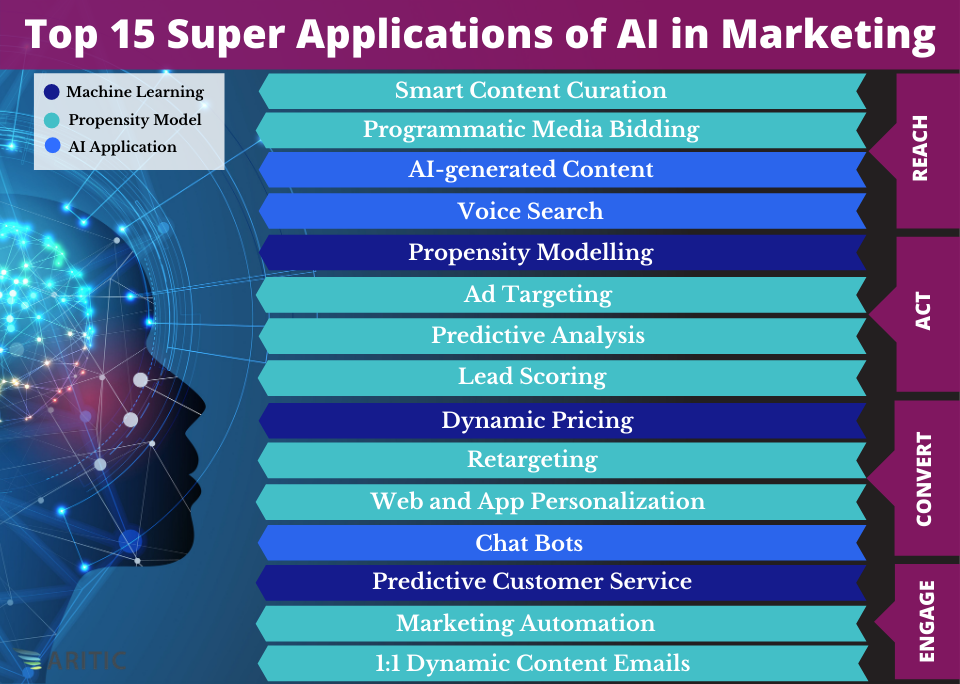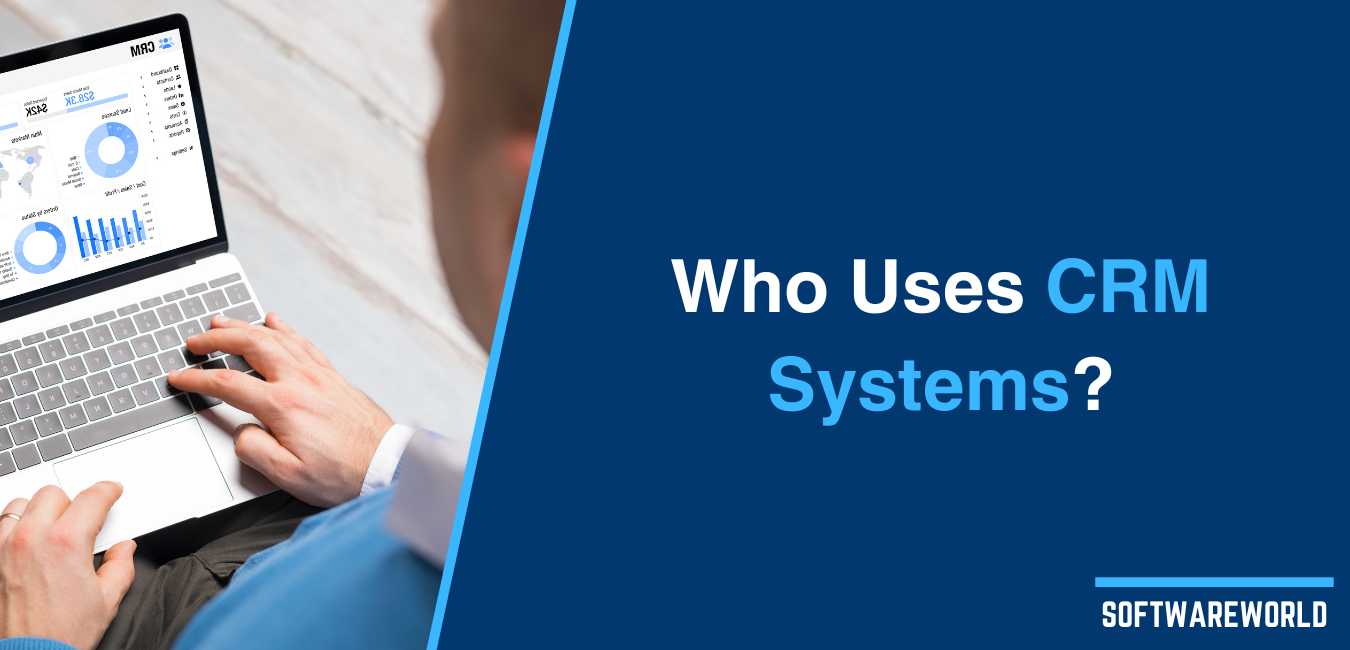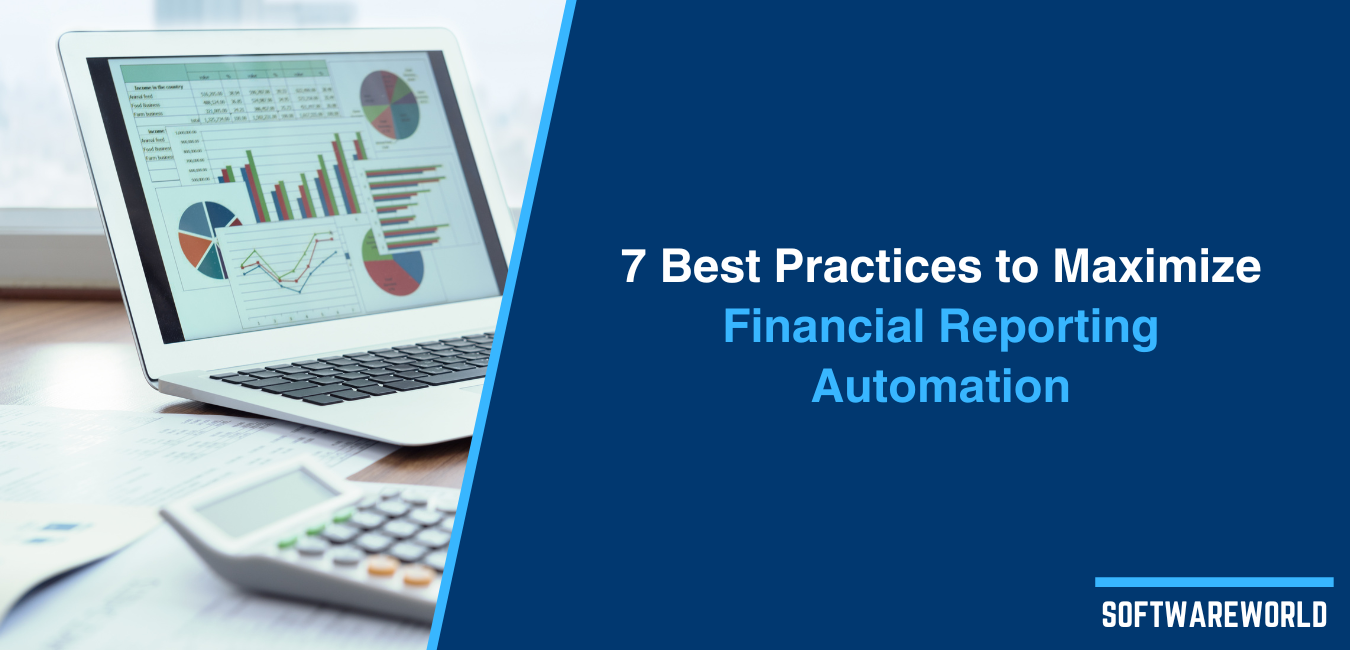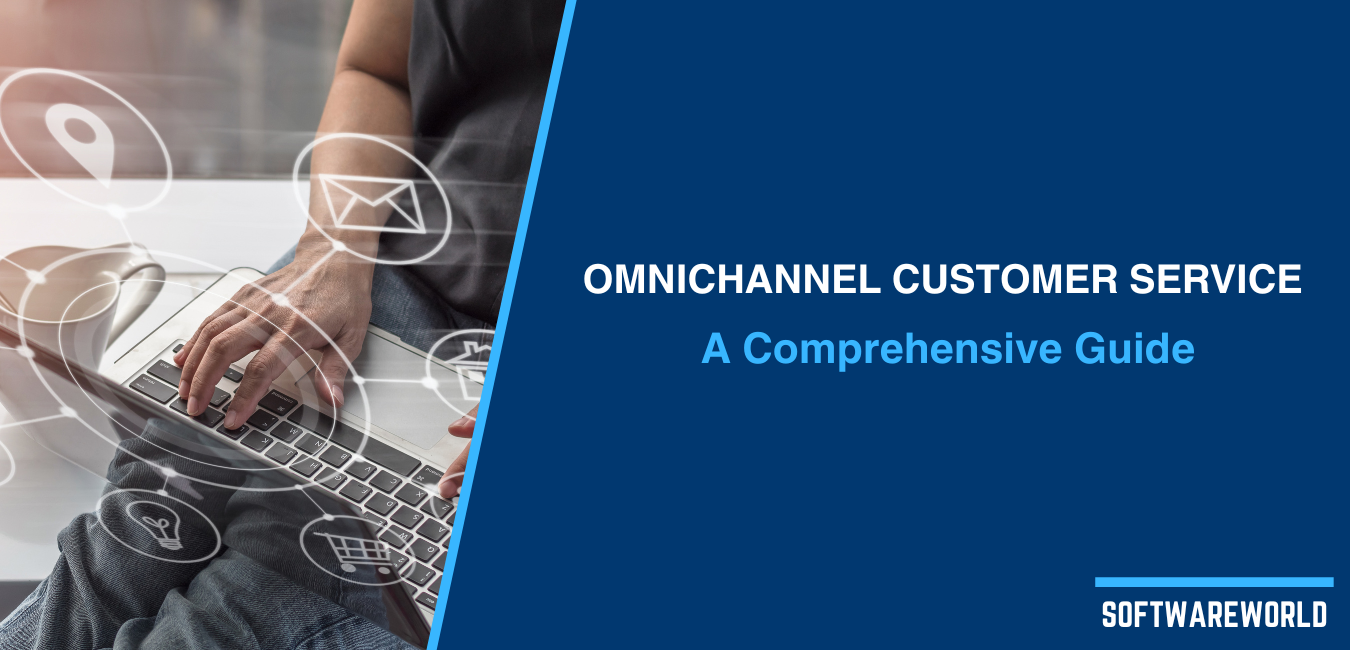Table of Contents
automation as a part of this revolution. Understanding customer behavior, identifying shopping patterns, predicting demands, devising recommendations, etc., are just some of the backend marketing operations that AI and automation can orchestrate today. These trends and insights point to a tech-led marketing universe that is extremely data-and-resource-driven, puts customers first, and organizes result-oriented campaigns. These aspects also allow smaller companies to compete with bigger brands. Let’s now take a detailed look at the 9 ways AI and automation are transforming marketing and the 5 key trends for the same that you can expect in 2023.
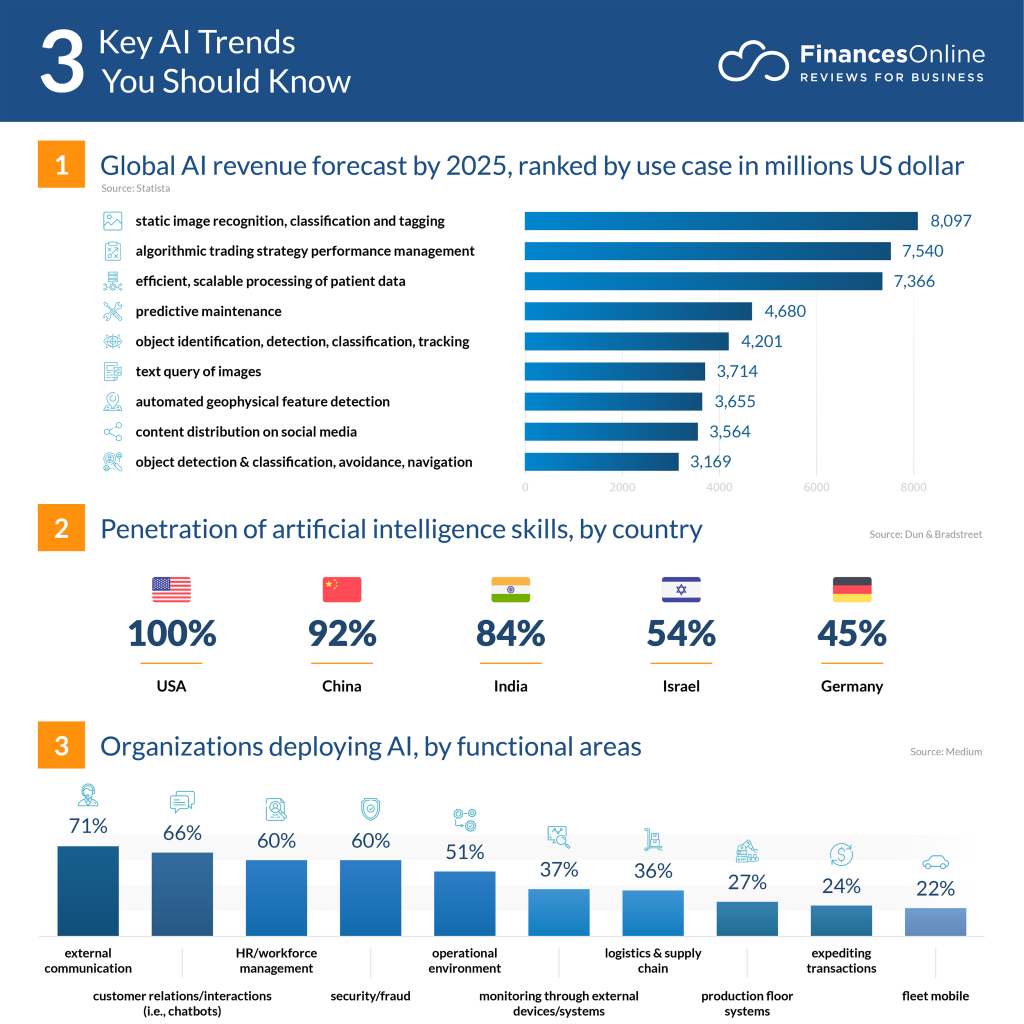
» 8 Ways AI and Automation will Change the Marketing Industry in 2023
Technology aids innovation, and innovation leads to transformation. The marketing industry has been deeply impacted by AI and automation technology.It is experiencing drastic paradigm shifts in processes, workflows, touchpoints, and data synthesis. There are 8 critical ways in which AI and automation are set to impact the marketing industry in 2023.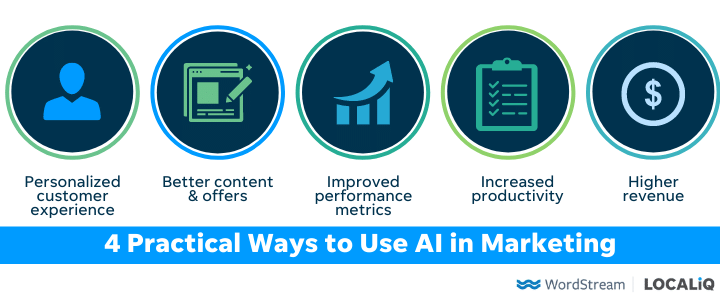
1. Learning Consumer Behaviour
Consumer behavior is the most important aspect of marketing today.Businesses need cognizance of what consumers say about their brand's products/services to optimize the usage of resources and devise highly targeted marketing campaigns.Since consumer data is more complicated than that, the raw data is fed into AI-driven data analysis engines for detailed processing.Businesses can then thus understand the trends, identify patterns and predict demands with reasonable accuracy by studying what their target audience is searching for, viewing, or purchasing online.2. Personalization
The pandemic taught consumers of the world a new, convenient way to shop and interact with brands. The digital world has altered how consumers perceive their shopping experiences, and personalization plays a large part in it.A study by McKinsey revealed that un-personalized experiences with a brand leave 70% of the visiting customers frustrated.This is where AI is drastically changing the marketing landscape in conjunction with marketing automation.Intelligent algorithms identify the kind of content and brand experience required by different cohorts and target customer groups. They tailor the journey, thereby increasing consumer engagement, retention, and satisfaction with the brand.3. Improved PPC Marketing
PPC, or Pay-per-Click, is an advertising model where businesses “purchase” advertisement real estate on online channels by paying the publisher for each click the ad gets on that channel.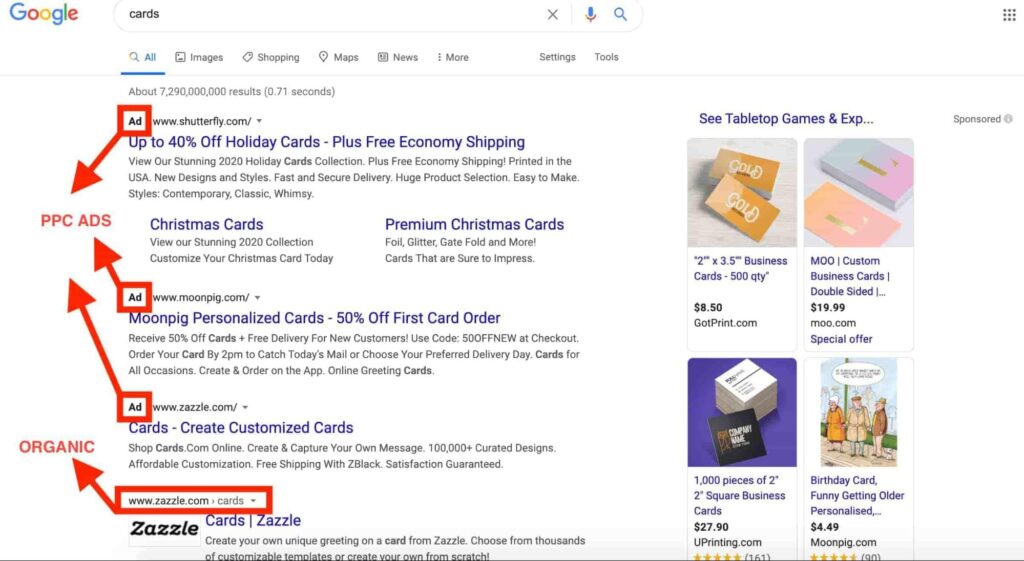
4. Trend Predictions
Data is available in abundance today, and it holds the key to predicting the future needs and product demands of consumers.For example, the rise in digital space has led to an increase in the demand for SaaS products for businesses.With AI, it is possible to predict such trend-governed product demands by analyzing Big Data and setting the product development process in motion ahead of time.One excellent example of marketing based on trend-directed product needs was displayed by Apple.With rising digitality around the world, consumer privacy had become questionable. Leveraging this sentiment, Apple was able to predict the need for privacy – it marketed all its consumer electronics to reflect just that.5. Customer Experience Design
When consumers interact with your brand online, they leave behind a rich data trail that has a high potential of delivering keyinsights on how they wish to interact with your brand. Gathering customer data for creating brand-specific, immersive journeys has become easier with the use of AI-powered technologies, like chatbots. The collection of information from this data trail is made possible in real-time with artificially intelligent automation technologies. These applications collect the data, clean it up, structure it and store it in data warehouses until it is called upon for analytics. Insights derived from this enriched data then assist businesses in creating exceptional customer experiences with the brand.
6. Advertising
Advertising is more than just PPC or sending out flyers about a new product or service. It is a complex science involving audience assessment, lead qualification, and ad publishing.Coupling advertisement services like Google or Amazon with artificial intelligence helps businesses to segregate brand audiences into cohorts, enabling better lead qualification and audience assessment.This enables the AI engine to attach attributes like browsing time, type and duration of interaction, preferred touchpoints, search terms, and buying intent to each cohort, giving the business a clearer picture of its audience.This information is instrumental in strategizing highly effective marketing strategies.7. Public Relations
The way brands manage public relations today has changed significantly. It isn't limited to print media any longer-brands are leveraging social media for PR as well.Online platforms have allowed public relations opportunities to mushroom for brands that are searching for innovative ways to get their products and services out into the mainstream.Think influencer marketing. It is a form of PR activity; just not traditional. So, how does AI fit in? This novel technology can help with audience search and outreach.AI engines are now adept at matching a brand’s products with PR channels that have fostered and cultivated a wide audience for specific products or services.This isn’t limited to influencers or online forums, but social media channels with audiences that share the same vision and ethos as the brand as well.8. Content Marketing
AI is helping businesses design content that resonates with their brand. It works to solidify the brand's authority in its field.The epitome is the online content platform, BuzzFeed, which leverages AI-powered technologies to-
- Identify which keywords suit which type of content
- Categorizing content
- Personalizing customer feeds
- Virality prediction of topics
- User preferences
- Trend identification and trending topics
9. Email Marketing
Automating email marketing has already become mainstream; it isn’t new anymore. However, the efficacy and impact that artificial intelligence is imposing on this marketing aspect are improving day by day.AI assists businesses with email creation, cohort identification, mailshot timing, automation, etc., to make the campaign more effective.Automation of email marketing campaigns is already helping save business resources.Coupled with artificial intelligence, automated email marketing can help businesses cut through the spam clutter by delivering emails that hold genuine value for the target audience.Considering that over 148 billion spam emails are sent each day, AI-powered email automation can make a tangible difference to the bottom line.» Top 5 AI and Automation Trends in Marketing for 2023
AI and automation now form the core of all the major business operations like data analytics and process optimization. The applications of AI and automation in marketing have initiated a series of trends that are taking marketing by storm.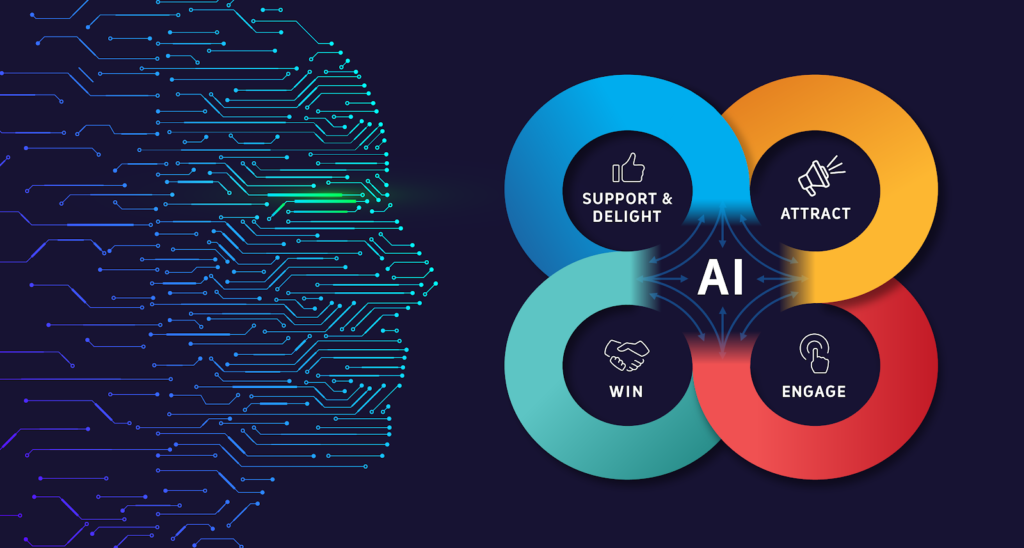
1. Quality Score for User Data or Lead Enrichment
Qualifying the right leads for sales pipelines is a critical task in marketing. AI and automation applications are being increasingly used today for attributing quality scores to lead data.Lead scoring is the process of determining the quality of a lead a business captures automatically by analyzing the interactions that they have had with the brand.The advanced analytics and interpretation required for this task are handled by AI engines efficiently.User data quality scores help with formulating personalized marketing approaches and qualifying leads for forwarding into respective pipelines.2. Funnel Content Optimization
The most popular trend that AI and automation are driving in the marketing industry is the creation of funnel-optimized content.AI and automation are set to orchestrate the content designed to service leads according to their funnel stage.For example, for a customer in the consideration stage, automation and predictive analytics would suggest explaining the USPs of a product.On the other hand, for a BOFU (Bottom of the Funnel) customer, the funnel would suggest add-ons and recommended additions to the cart.3. Self-Service (chatbots)
Digital lifestyles seem to have made customers impatient shoppers. Brands that are slow to respond to customer queries run the risk of customer displeasure. Automation of certain service modules is helping businesses reduce customer response times drastically.With the use of chatbots to let customers self-resolve the basic issues with a service or product, businesses have successfully cut customer churn.A Salesforce survey highlighted that 69% of customers prefer chatbots because they can quickly get in touch with a business this way.4. Conversational Marketing
The applications of AI aren’t limited to data analytics and chatbots for marketing – there is a far more interesting trend emerging with businesses today: humanization.Chatbots and robotic interactions do make the process easier, but these methods lack a human touch. Without humanization, a business risks its authenticity in the minds of a consumer.With that in mind, businesses are increasingly employing the gifts of Natural Language Processing in their AI-based marketing channels.The adoption of conversational marketing still involves using AI and chatbots but makes the entire interaction more human by leveraging vernacular nuances and language that works to humanize a brand for the consumers.5. Omnichannel, Cross-channel, and Multichannel
Marketing automation has helped businesses save expenditures in terms of time and manpower.It has also enabled businesses to redirect their marketing strategies to reach the consumer first, and follow their journey throughout the brand. Businesses are achieving this with the help of AI-powered omnichannel marketing.Brand presence across various channels (instant messaging or social media, for example) previously existed as an individual, standalone touchpoint.With omnichannel, cross-channel, and multichannel marketing catalyzed through AI and automation, it is possible to stitch a seamless customer experience across multiple channels to deliver a one-shot and personalized experience. This is especially important for multi-channel selling.This trend is helping businesses boost customer engagement and retention.Conclusion
